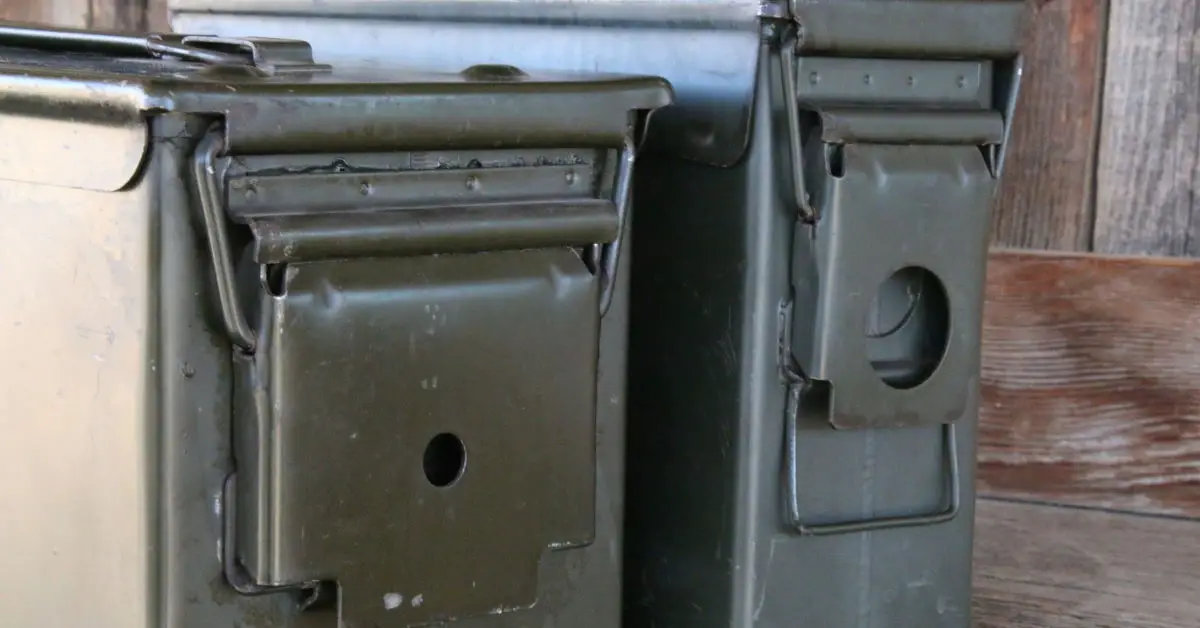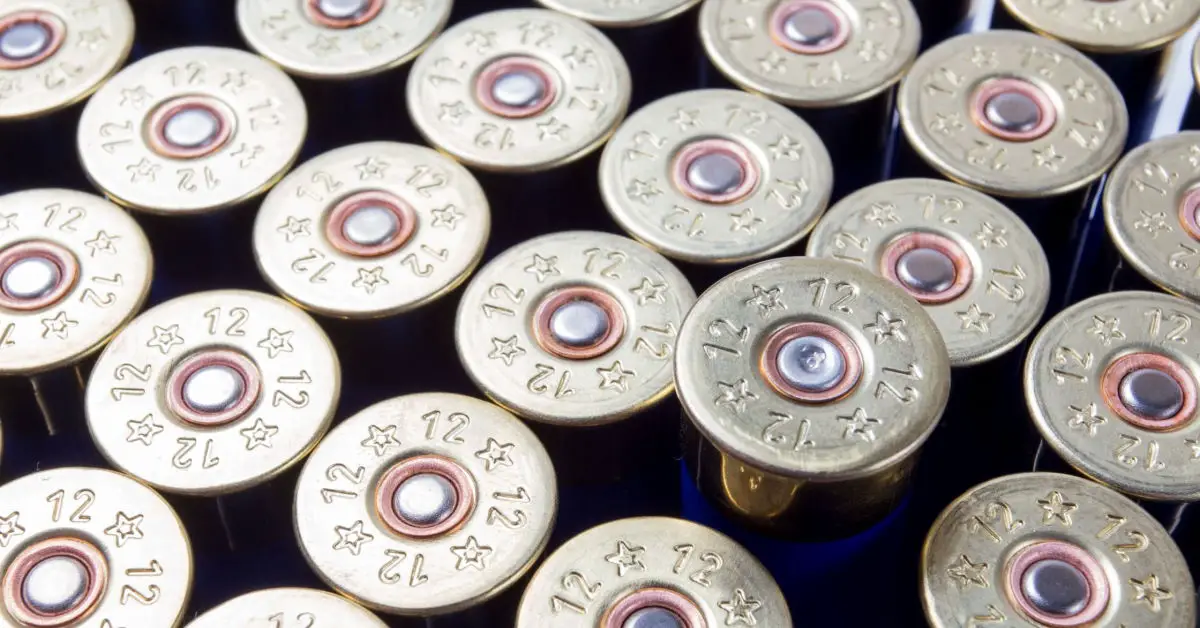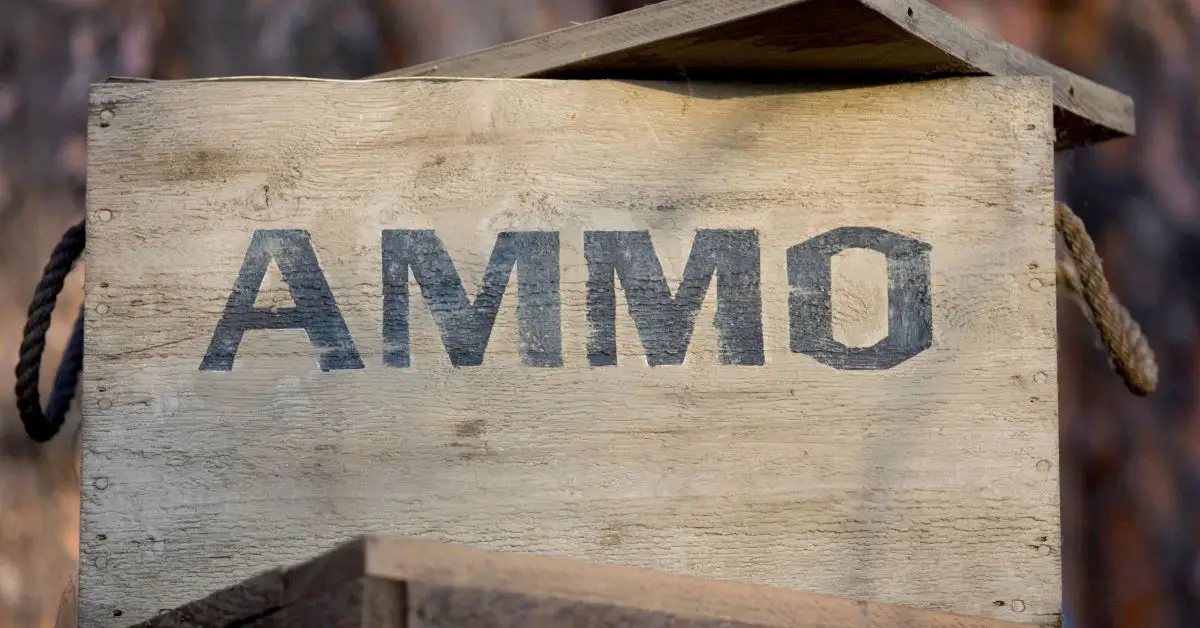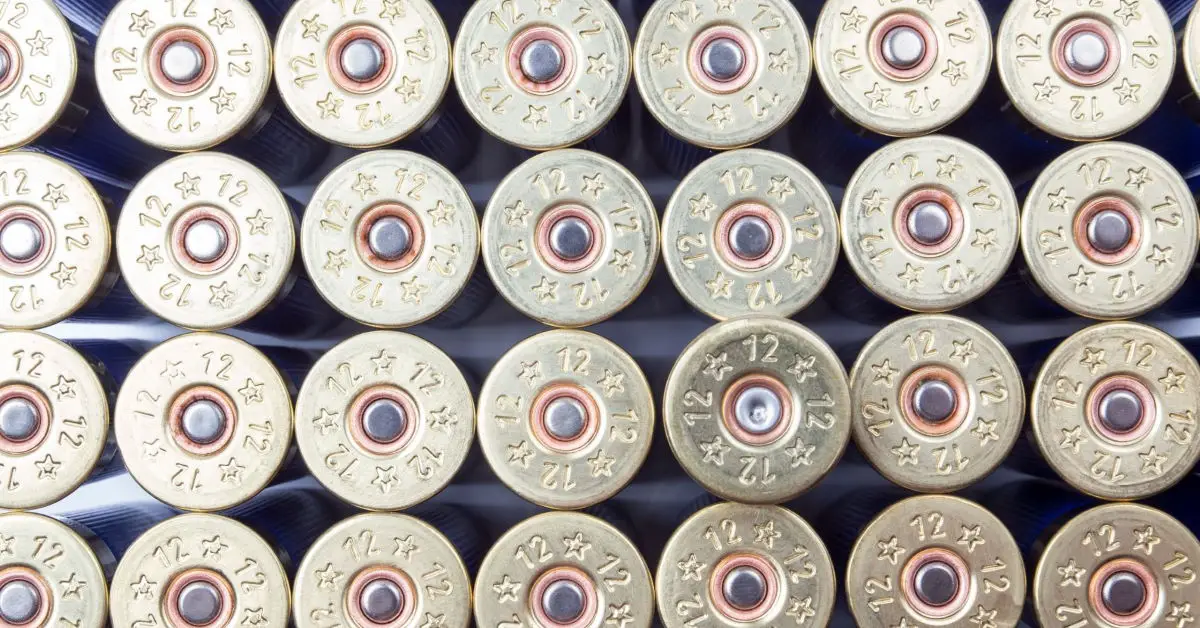Ammunition plays a critical role in any firearm, and like any functional equipment, it can experience wear and tear over time. In the case of bullets, long-term storage and exposure to environmental factors can further exacerbate the deterioration process. As a gun owner, understanding the science behind ammo longevity will help you prolong the life of your ammunition while still maintaining accuracy. In this blog post, we will explore the different factors that affect ammo lifespan and provide practical tips on how to keep your ammunition in optimal condition.
Bullet Composition
The composition of the bullet primarily determines the lifespan of ammunition. A gun cartridge contains several components; the casing, the primer, the propellant, and the bullet. The bullet’s lead core, copper coating, and jacket material are all involved in the deterioration process. Copper is resistant to rust, so most bullets contain it as a coat, which also enhances the durability of the bullet. Lead, on the other hand, can quickly degrade in a wet, acidic environment. That’s why most bullet makers alloy lead with arsenic, antimony, and tin to improve its hardness and corrosion resistance. While copper, arsenic, antimony, and tin are resistant to corrosion, high humidity can cause these metals to oxidize over time. It’s essential to store your bullets in a dry, temperature and humidity-controlled space to ensure they retain their quality.
Temperature and moisture
Temperature and moisture are the two key environmental factors that affect ammunition. High humidity can cause problems for ammunition, causing corrosion and even worse, destabilizing the primer. Cartridges with metal casings are especially vulnerable to rusting if exposed to moisture. Therefore, it’s crucial to avoid storing your ammunition in basements, attics, and other damp areas that are not temperature-controlled. The ideal storage temperature is between 55 – 85 degrees Fahrenheit. Keeping the ammo dry and away from moisture is the key to extending ammo life.
Frequency of Use
Another factor that affects ammunition longevity is the frequency and type of use. Each time you fire your gun, the metallic parts of the firearm move against each other and cause friction. This movement builds up heat, which can cause wear and tear to the cartridge’s casing. Firing repeatedly can also result in the primer being struck repeatedly, which can weaken it. Therefore, it’s recommended to not fire the same round too many times, even if you’re only practicing.
Ammo Types
While all ammunition degrades over time, some types last longer than others. Rimfire cartridges tend to have a shorter lifespan than centerfire cartridges due to the priming compound. If you have ammunition that’s been sitting for years, it’s always best to test it out before taking it to the range. Firing a few rounds will help you determine if the ammunition is still working correctly, and the sound will tell you if it’s too old or not. If the shots sound less powerful than normal, you should consider disposing of the ammo.
Conclusion
In summary, proper storage and care of ammunition are critical in extending its lifespan. Environmental factors, frequency and type of use, and the ammo’s composition all play a significant role in how long your ammunition lasts. Luckily, by following simple tips such as avoiding damp places, temperature-controlled storage, firing your rounds only when necessary, and testing new ammo before shooting, you can ensure that your ammunition remains in excellent condition for years. Understanding the science behind ammo longevity can help gun owners prevent waste, save money, and most importantly, stay safe.





